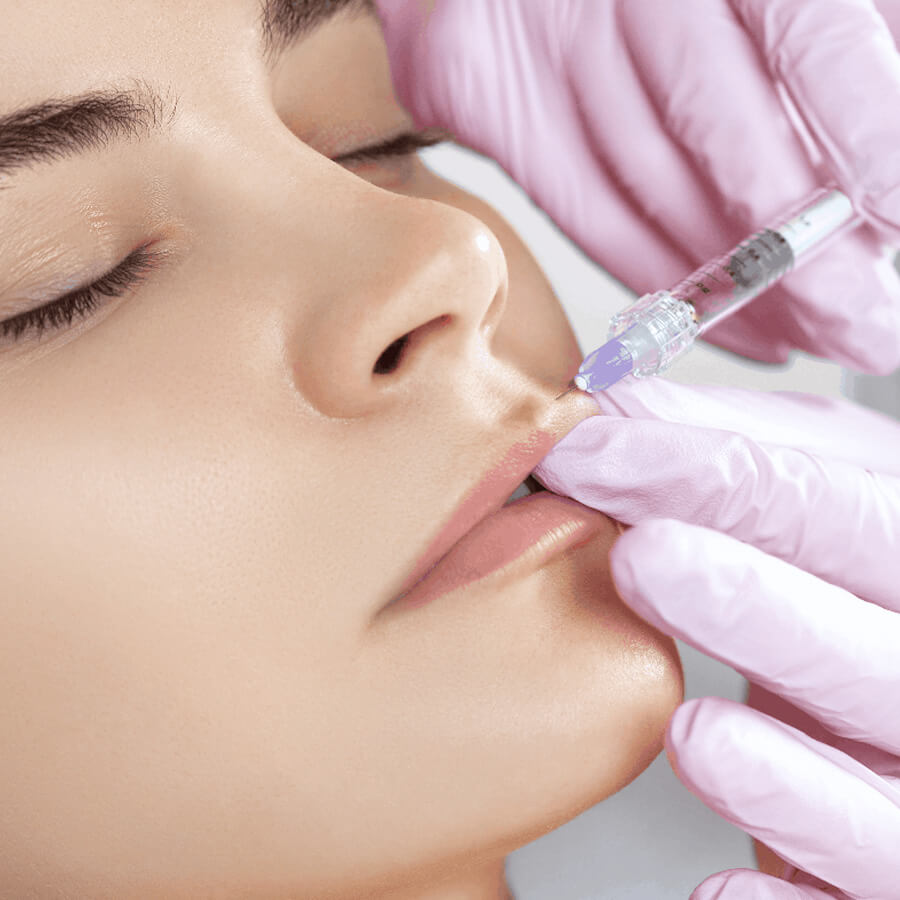No matter your skin concerns, our team of experts at Boss Aesthetics specializes in treatments designed to boost your confidence.
At Boss Aesthetics, we offer a comprehensive range of aesthetic treatments including but not limited to dermal fillers, Botox injections, facials, chemical peels, microneedling, and laser treatments. We also provide personalized skincare consultations and product recommendations. For a full list of our services, please visit our Services page or contact us directly.
Safety is our top priority at Boss Aesthetics. All our treatments are FDA-approved and performed by highly trained and certified professionals. We use state-of-the-art equipment and follow strict safety protocols. During your consultation, we’ll discuss any potential risks associated with your chosen treatment and ensure it’s suitable for you.
The best way to determine the right treatment for you is to schedule a free consultation with one of our aesthetic experts. They will assess your skin, discuss your concerns and goals, and recommend a personalized treatment plan. We offer both in-person and virtual consultations to suit your preferences and needs.
The cost of treatments varies depending on the type of procedure, the areas treated, and the number of sessions required. We strive to offer competitive pricing while maintaining the highest standards of care. For specific pricing information, please contact us directly or book a free consultation. We also offer package deals and occasional promotions which our team would be happy to discuss with you.
The timeline for results varies depending on the treatment. Some procedures, like dermal fillers, can show immediate results, while others, such as certain skincare treatments, may require a series of sessions for optimal results. During your consultation and treatment, your aesthetician will provide you with a realistic timeline for when you can expect to see results and how long they typically last.




At Boss Aesthetics, we’re proud to offer the revolutionary HydraFacial treatment, designed to refresh and rejuvenate your skin like never before. This advanced facial uses patented Vortex-Fusion technology to cleanse, extract, and hydrate your skin. The treatment begins with gentle exfoliation and resurfacing to remove dead skin cells and reveal a fresh layer beneath. Next, a painless suction removes debris from pores while simultaneously delivering hydrating and nourishing serums. Finally, the skin is infused with antioxidants and peptides to maximize your glow. Our skilled aestheticians customize each HydraFacial treatment to address your specific skin concerns, whether it’s fine lines, wrinkles, brown spots, oily and congested skin, or enlarged pores. The result is immediately noticeable: clearer, more radiant, and younger-looking skin with no downtime.

The full lip plump is a comprehensive lip enhancement treatment that utilizes 1ml of dermal filler to significantly augment lip volume, shape, and definition, providing a more noticeable transformation while maintaining a natural appearance.
Benefits include:

The mini lip plump is a gentle lip enhancement treatment that uses a small amount of dermal filler (0.5Ml) to add subtle volume and definition to the lips, providing a natural-looking boost without dramatic change.
Benefits include:

The follow-up consultation is a dedicated session with our aesthetic experts to assess your treatment progress, address any concerns, and adjust your aesthetic plan as needed to ensure optimal results.
Benefits include:

The virtual consultation is a convenient, online meeting with our aesthetic experts that allows you to discuss your beauty goals, receive professional advice, and explore treatment options from the comfort of your own home.
Benefits include:

The free initial consultation is an in-depth, no-obligation session with our aesthetic experts to evaluate your goals, explore suitable treatment options, and develop a customized plan that addresses your unique beauty aspirations.
Benefits include:

Boss Aesthetics offers premium Botox injections for a youthful appearance. Botox temporarily blocks nerve signals, reducing muscle activity and softening wrinkles.
Benefits include: